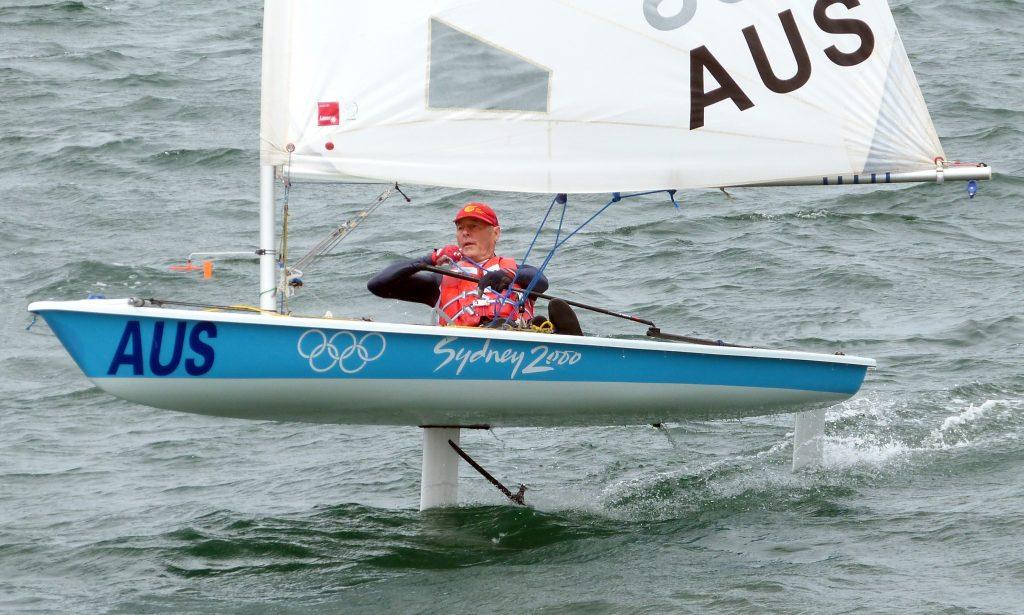The International Hydrofoil Society is once again awarding its annual Mandles Prize for Hydrofoil Excellence in recognition of hydrofoil engineering, design or construction. The prize is open to college and university students, who can enter as an individual or as a group of up to six members.
The International Hydrofoil Society is an all-volunteer society for hydrofoil enthusiasts worldwide. It was founded in England in 1970 and has been based in the United States since 1980.
Hydrofoil boats are becoming increasingly popular in the sailing world, even though they were invented in 1908 by A. G. Bell and Casey Baldwin. They were first used during the First World War by American troops in order to avoid any mines on the water. Boats with hydrofoils are much faster than ones without hydrofoils, which is why they’re becoming more popular today. With a hydrofoil, the boat is actually lifted out of the water so the hull never touches the water’s surface, only the hydrofoils are underwater. This helps to keep the boat from capsizing since it prevents the boat from coming out of the water. In the event of a hydrofoil coming out of the water, they’re designed so the hull of the boat crashes into the water and forces the hydrofoil backing underwater until enough thrust is generated for the hydrofoil to lift the boat back up. Since the hull of the boat is not directly in the water, it is also safer for marine animals and easier for them to avoid colliding with a boat.
Hydrofoil boats come in all shapes. Hydrofoils are used on large cargo carriers, fishing boats, military boats, search and rescue vessels, and sailboats.
In the 35 America’s Cup won by New Zealand, hydrofoiling catamarans were sailing at a maximum speed of 50 knots (92.6 kilometers per hour). In preparation for the next America’s Cup, which will take place in 2021, the New Zealand team has been manning a design project to create a whole new class of foiling sailboats called the AC75. They have a massive 75-foot monohull and feature twin cantilevering T-foils on either side of the boat to provide stability when maneuvering. When not in the water, the foils can point straight up into the air. However, for docking purposes, all three foils will need to be kept in the water. The AC75 class is designed to be the fastest racing sailboat produced.
The design of all boats, not just sailboats, has changed over the years resulting in new technology such as the hydrofoils. Many sailors predict that with the new use of hydrofoils in racing, that it will become more like flying than sailing. Already, many skippers have taken piloting lessons and have furthered their education in the field of flying to prepare themselves for the change hydrofoils will bring.





